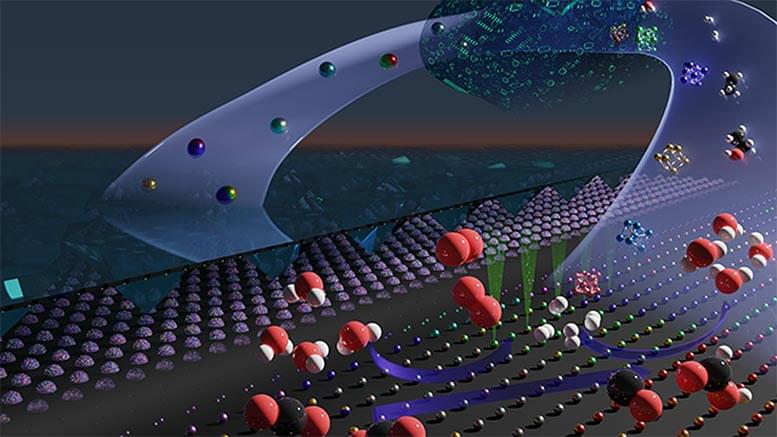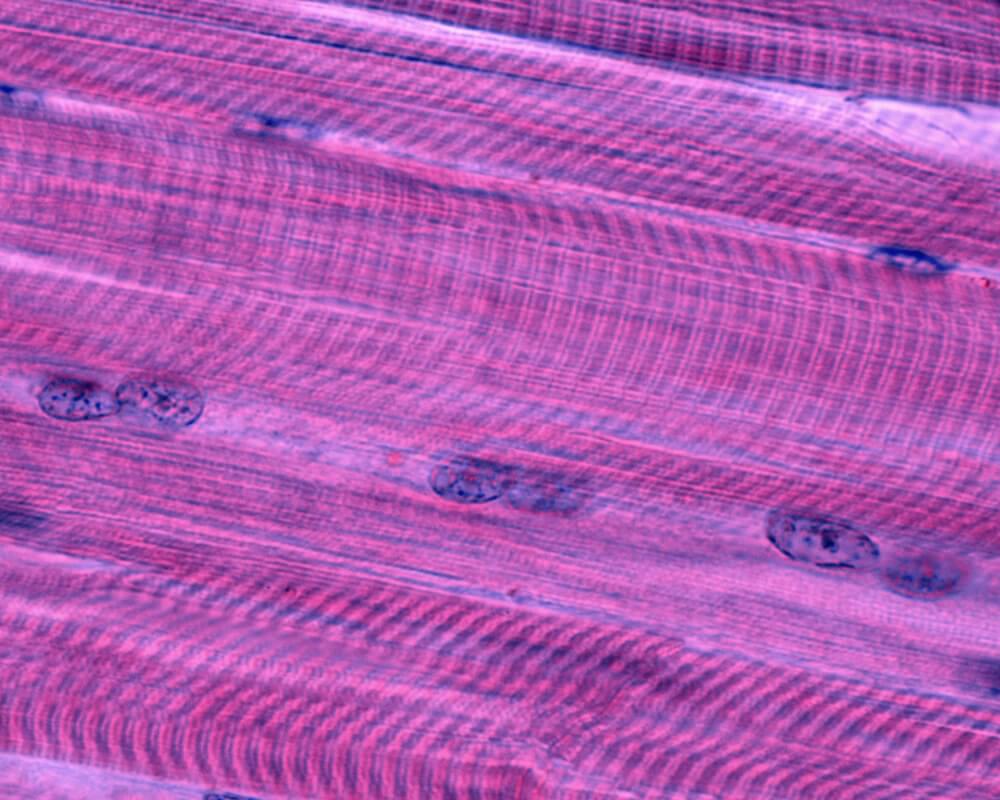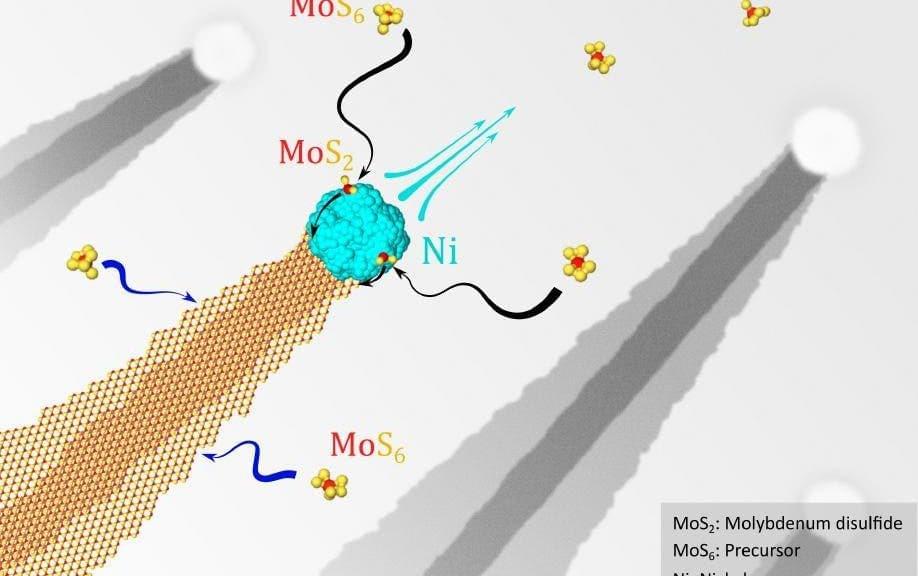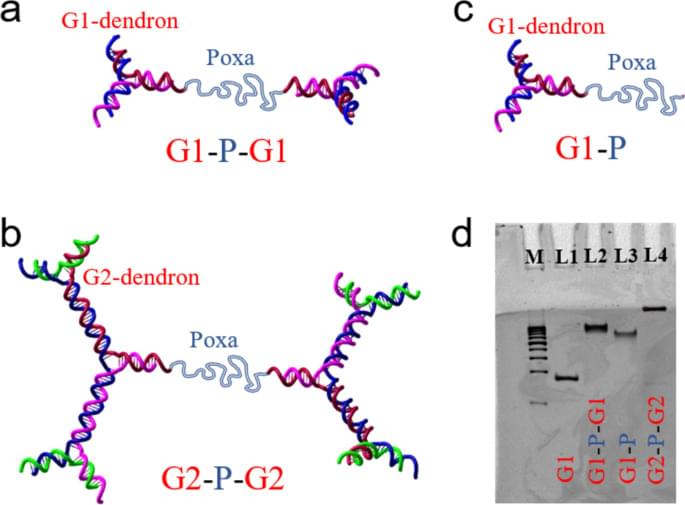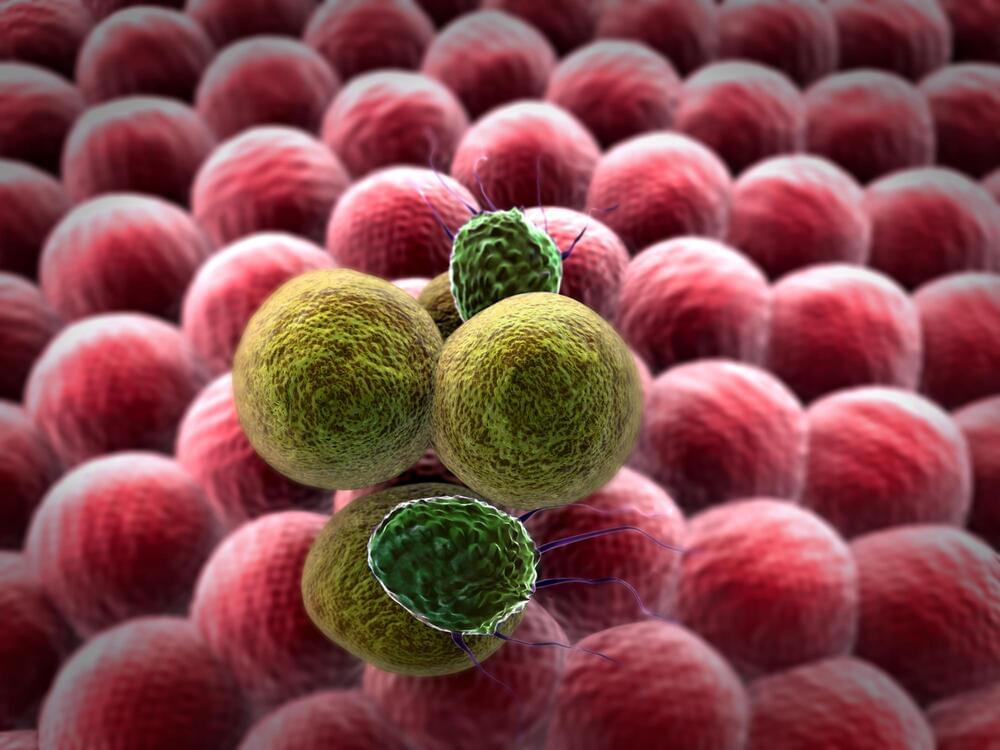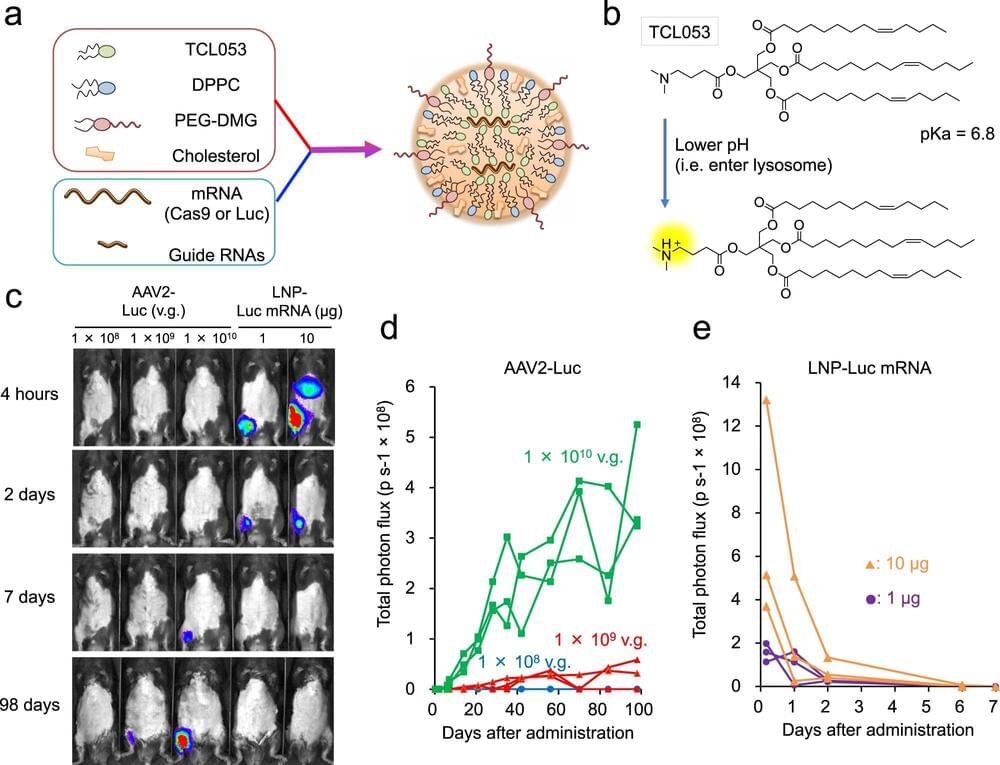Dec 23, 2021
Machine learning used to predict synthesis of complex novel materials
Posted by Kelvin Dafiaghor in categories: chemistry, information science, nanotechnology, quantum physics, robotics/AI
Scientists and institutions dedicate more resources each year to the discovery of novel materials to fuel the world. As natural resources diminish and the demand for higher value and advanced performance products grows, researchers have increasingly looked to nanomaterials.
Nanoparticles have already found their way into applications ranging from energy storage and conversion to quantum computing and therapeutics. But given the vast compositional and structural tunability nanochemistry enables, serial experimental approaches to identify new materials impose insurmountable limits on discovery.
Now, researchers at Northwestern University and the Toyota Research Institute (TRI) have successfully applied machine learning to guide the synthesis of new nanomaterials, eliminating barriers associated with materials discovery. The highly trained algorithm combed through a defined dataset to accurately predict new structures that could fuel processes in clean energy, chemical and automotive industries.

